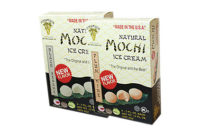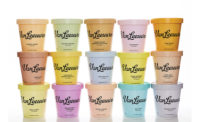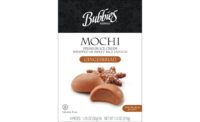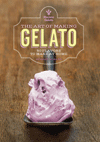Mikawaya adds new flavors to mochi ice cream
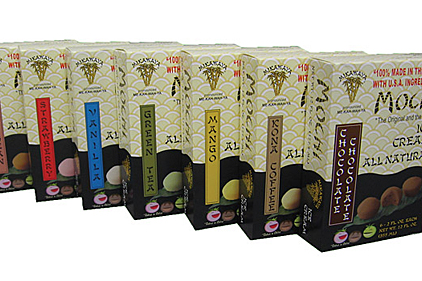

|
Mikawaya is a Vernon, Calif.-based candy maker and ice cream processor that is on the move with new products and formats backed by social media marketing.
The company plans to expand its ice cream offerings with its first pint line — Mikawaya Exottics — to be released as early as this April. The line will include black sesame, ginger, plum, red bean, mango, lichee and two flavors of green tea—primarily “Asian-leaning flavors,” says the company’s secretary/treasurer Joel Friedman. Vanilla, chocolate and strawberry will also be available.
A cup line (sold in 3.5, 6 and 10 ounces) is being developed and will be sold under both the Exottics and Mikawaya names and will be available for private-label customers. The company is looking to expand its retail offerings with the new lines, but Friedman adds that foodservice outlets will also be options for some of the cup business. Bulk ice cream (released in 2011) is sold to foodservice accounts, dip and donut shops and to private-label customers. Mikawaya has five retail outlets in California and Hawaii where it sells pastries, gelato and ice cream.
The company has been manufacturing and selling traditional Japanese pastries since 1910. But it was only in the mid-1990s that it ventured into the frozen novelty category.
“Mochi is basically a rice product used as a soup dumpling and is also used in the manufacturing of traditional Japanese pastries,” Friedman says. “My idea was to take a really good quality ice cream and wrap it with this mochi.”
It took a while to develop an all-natural formulation that could be frozen yet remain soft and chewy and that also met the satisfaction of both Friedman and his wife, Frances Hashimoto (Mikawaya’s president and owner). After a decade of product development, Mochi Ice Cream debuted in Hawaii in 1994 and captured 15% of the market in its first four months, says Friedman. Today, Mochi Ice Cream can be found nationwide at Trader Joe’s, in several regional markets of Whole Foods, Kroger and Safeway, and in many independent grocers.
Mikawaya sells seven flavors of Mochi Ice Cream — chocolate, strawberry, mango, green tea, Kona coffee, vanilla and red bean. Potential new 2012 arrivals include ginger, black sesame, and cookies and cream.
Initially the company didn’t manufacture its own ice cream, but as popularity of Mochi grew and Mikawaya’s supplier’s lead time expanded, the company decided it had to become a processor. In 2004, it bought a 103,000-square-foot building (significantly larger than its previous 37,000-square-foot facility). The building houses the bakery and frozen novelties production.
“We brought in a group of experts over time on everything from construction to microbiology and ice cream manufacturing; all the areas we felt we could use some experience in,” Friedman explains. In 2010, the state-of-the-art building was ready and Mikawaya began its own ice cream production. The infrastructure and all equipment purchased were large enough to handle “much more expansion than we expected,” he notes. “We decided to buy the larger size in everything and wind up with excess capacity, so it was there for growth.”
Social media provides the small company the best way to get the message out about its products, Friedman says. The Mochi Ice Cream Facebook page has more than 46,000 fans. The brand interacts with fans and solicits Mochi-oriented photos and videos.
“We also have done some YouTube stuff,” Friedman adds, “and are having discussions now about putting together a YouTube channel.”
With consumers ages 18-34 as their primary customer base, Friedman expects that the company will continue to focus its attention on social media. “Without the tens of millions of dollars to spend on commercial TV,” he adds, “there’s no point in fooling around with it.”
Looking for a reprint of this article?
From high-res PDFs to custom plaques, order your copy today!




